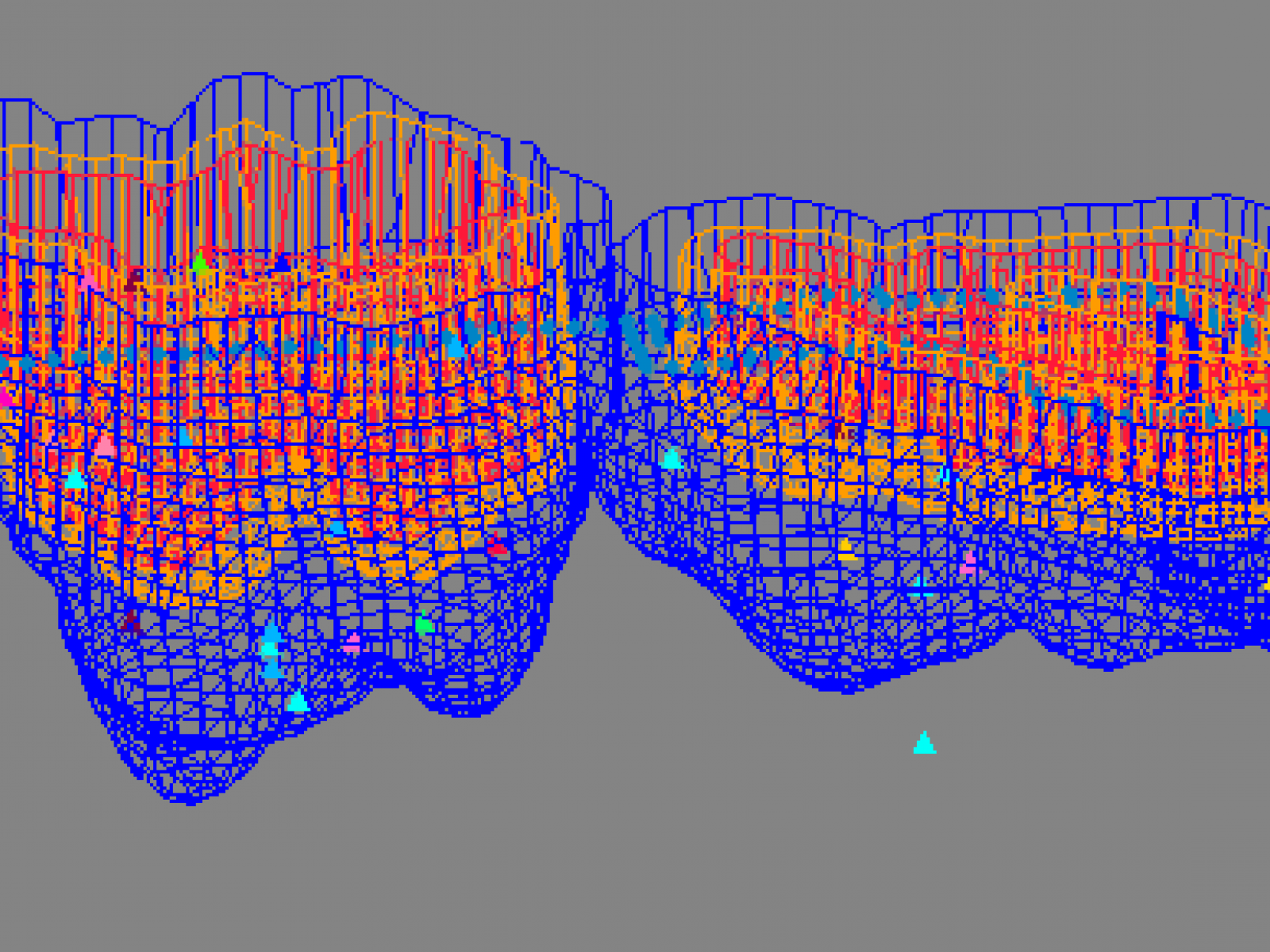Remediation Performance Assessment
PNNL offers easy-to-use, free tools for remediation projects

PNNL offers easy-to-use, free tools for remediation projects

Remediation efforts can be impeded by technical and nontechnical challenges that prevent a site from achieving federally and state-mandated regulatory cleanup goals within a reasonable time frame. Technical challenges may include geologic, hydrogeologic, geochemical, and contaminant-related conditions, as well as large-scale and surface infrastructure issues.
Selecting an appropriate remediation remedy involves estimation/prediction of remedial alternative effectiveness under the site conditions. Once implemented, it is important to assess the remedy’s performance in relation to remedial action objectives or other metrics that are identified to manage the entire process.
A performance assessment benefits from a structured process. An initial step in a performance assessment is to revisit the conceptual site model (CSM) developed during remedy selection and potentially refine the CSM based on incorporation of additional information collected during remedy implementation and operation. Subsequent steps include confirming the regulatory context and evaluating the effectiveness of the remedy. The outcome of a performance assessment is determination of a path forward, such as:
In this way, a performance assessment framework can support effective remedial decision-making regarding adaptive management of a remedy, remedy performance monitoring needs, and exit strategies.
PNNL has developed performance assessment guidance for remediation of volatile contaminants in the vadose zone, inorganic contaminant remediation in the vadose zone, and pump-and-treat of groundwater contaminant plumes.